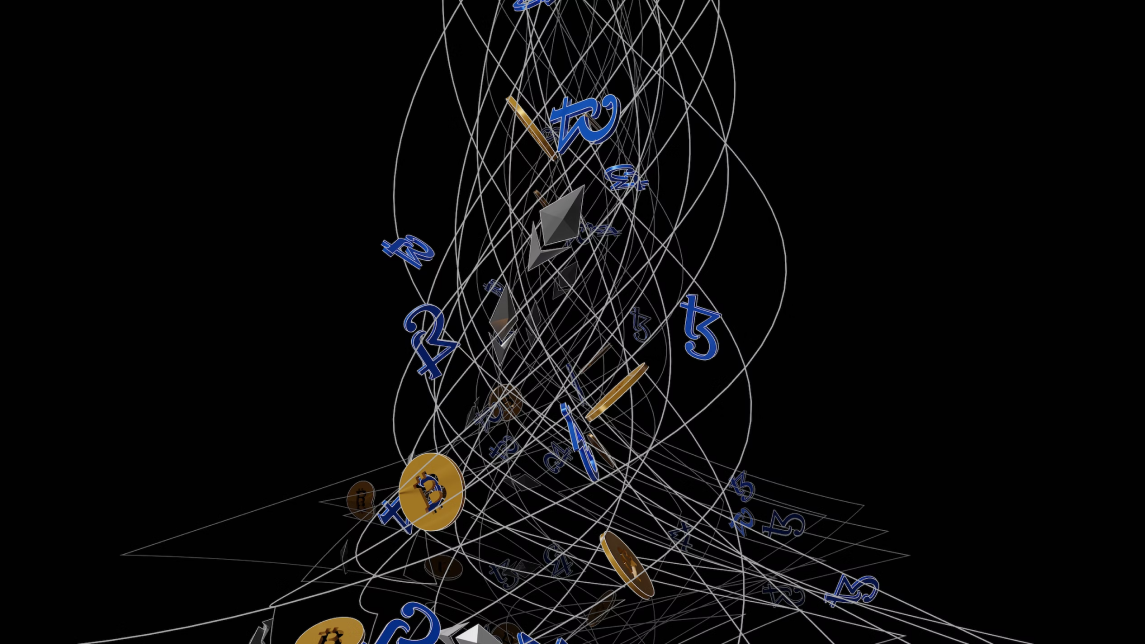Retail investors keep buying the dip but what happens when the market doesn’t bounce back?

Share:
Retail investors are still rushing to “buy the dip,” but market veterans warn the strategy could fail if share prices keep falling instead of bouncing back.
For most of the past 15 years, buying every dip has worked. Brief recessions, including the 2020 downturn and the 2022 bear market, were followed by quick, strong rebounds. Anyone who started investing during that era might think that sell-offs are only temporary.
“If, anytime, there’s a sell‑off, it’s just a buying opportunity, why would you ever stop that?” Scott Sheridan said to MarketWatch. He added, “These people have never seen a down move up until the last couple of weeks.”
The latest shock came after the White House announced sweeping tariffs on April 2. From April 2 to April 7, the S&P 500 dropped 11 %, the Dow Jones Industrial Average slid more than 10 %, and the Nasdaq Composite lost 12 %.
On the other hand, the Cboe Volatility Index peaked near 52 on April 8, and on April 9, the S&P 500 logged its best single‑day gain since 2008, jumping 9.5%, before slipping again in the following sessions.
Small traders were on a buying spree despite Wall Street’s concerns over the economic impact of tariffs
JPMorgan data shows $21 billion in equities inflows between April 3 and April 16, far above normal levels. April 3 alone drew $4.7 billion, the largest single‑day haul the bank has recorded. JPMorgan says the urge to buy the dip has grown stronger since 2022.

“Retail has been continuously buying dips since the pandemic,” said Adam Turnquist, chief technical strategist at LPL Financial. “But that trade worked out great. It has not broken until now, where maybe they bought the first 3% to 5% down, and now they’re underwater.”
Bob Savage, head of markets macro strategy at BNY, warned that the strategy can fail. “Outsized moves down have a tipping point linked to volatility and the state of the economy,” he wrote, adding that the rest of April depends on how the Federal Open Market Committee responds. “The history of 2008 trading suggests you need a bigger policy to turn the dip to work.”
Turnquist noted that if investors buy the first dip and the market keeps sliding or recovers slowly, they sit on losses for an unknown period. No one can forecast when the next rebound will arrive.
Sheridan used a rubber band example. Stretch it and it snaps back, stretch it again and it snaps back again. That has been the pattern for years. In 2024 alone, the S&P 500 set 57 record closes, about one every 4.4 trading days. Yet rubber bands can break.
Sheridan, who traded through the crashes of 1987, 2000, and 2008, worries the next prolonged slump will shock newcomers. “People who only began investing during the past 15 years have yet to experience something like that,” he said.
Heavy dip buyers are at risk of steeper losses
Trading platform Public reported a jump in customers moving money out of high‑yield cash accounts to buy stocks. Sam Nofzinger, Public’s general manager of crypto and brokerage, said, “People have been sitting on mountains of cash for the past year and finally see [an opportunity to invest],”.
A deeper recession would not only drive prices lower; it could threaten jobs and incomes, slicing the money that fuels dip buying. “You really need a dot‑com or global financial crisis kind of situation for that to unfold,” Turnquist said. “And who knows. That’s not in our playbook for this year or next year.”
Whenever the next severe downturn arrives, heavy dip‑buyers risk steeper losses and, Sheridan fears, may quit the market altogether.
Still, he remains optimistic about the long run. “The good news is the markets are resilient. The markets are going to come back in time. There is no doubt in my mind that we will be significantly higher in the markets in the next 5, 10, 15 or 20 years,” he said. “The question is, what does it look like before we get there? And how many people do we lose?”
Cryptopolitan Academy: Tired of market swings? Learn how DeFi can help you build steady passive income. Register Now
Retail investors keep buying the dip but what happens when the market doesn’t bounce back?

Share:
Retail investors are still rushing to “buy the dip,” but market veterans warn the strategy could fail if share prices keep falling instead of bouncing back.
For most of the past 15 years, buying every dip has worked. Brief recessions, including the 2020 downturn and the 2022 bear market, were followed by quick, strong rebounds. Anyone who started investing during that era might think that sell-offs are only temporary.
“If, anytime, there’s a sell‑off, it’s just a buying opportunity, why would you ever stop that?” Scott Sheridan said to MarketWatch. He added, “These people have never seen a down move up until the last couple of weeks.”
The latest shock came after the White House announced sweeping tariffs on April 2. From April 2 to April 7, the S&P 500 dropped 11 %, the Dow Jones Industrial Average slid more than 10 %, and the Nasdaq Composite lost 12 %.
On the other hand, the Cboe Volatility Index peaked near 52 on April 8, and on April 9, the S&P 500 logged its best single‑day gain since 2008, jumping 9.5%, before slipping again in the following sessions.
Small traders were on a buying spree despite Wall Street’s concerns over the economic impact of tariffs
JPMorgan data shows $21 billion in equities inflows between April 3 and April 16, far above normal levels. April 3 alone drew $4.7 billion, the largest single‑day haul the bank has recorded. JPMorgan says the urge to buy the dip has grown stronger since 2022.

“Retail has been continuously buying dips since the pandemic,” said Adam Turnquist, chief technical strategist at LPL Financial. “But that trade worked out great. It has not broken until now, where maybe they bought the first 3% to 5% down, and now they’re underwater.”
Bob Savage, head of markets macro strategy at BNY, warned that the strategy can fail. “Outsized moves down have a tipping point linked to volatility and the state of the economy,” he wrote, adding that the rest of April depends on how the Federal Open Market Committee responds. “The history of 2008 trading suggests you need a bigger policy to turn the dip to work.”
Turnquist noted that if investors buy the first dip and the market keeps sliding or recovers slowly, they sit on losses for an unknown period. No one can forecast when the next rebound will arrive.
Sheridan used a rubber band example. Stretch it and it snaps back, stretch it again and it snaps back again. That has been the pattern for years. In 2024 alone, the S&P 500 set 57 record closes, about one every 4.4 trading days. Yet rubber bands can break.
Sheridan, who traded through the crashes of 1987, 2000, and 2008, worries the next prolonged slump will shock newcomers. “People who only began investing during the past 15 years have yet to experience something like that,” he said.
Heavy dip buyers are at risk of steeper losses
Trading platform Public reported a jump in customers moving money out of high‑yield cash accounts to buy stocks. Sam Nofzinger, Public’s general manager of crypto and brokerage, said, “People have been sitting on mountains of cash for the past year and finally see [an opportunity to invest],”.
A deeper recession would not only drive prices lower; it could threaten jobs and incomes, slicing the money that fuels dip buying. “You really need a dot‑com or global financial crisis kind of situation for that to unfold,” Turnquist said. “And who knows. That’s not in our playbook for this year or next year.”
Whenever the next severe downturn arrives, heavy dip‑buyers risk steeper losses and, Sheridan fears, may quit the market altogether.
Still, he remains optimistic about the long run. “The good news is the markets are resilient. The markets are going to come back in time. There is no doubt in my mind that we will be significantly higher in the markets in the next 5, 10, 15 or 20 years,” he said. “The question is, what does it look like before we get there? And how many people do we lose?”
Cryptopolitan Academy: Tired of market swings? Learn how DeFi can help you build steady passive income. Register Now










